NBA Players At Rucker Park

NBA Players At Rucker Park
Rucker Park
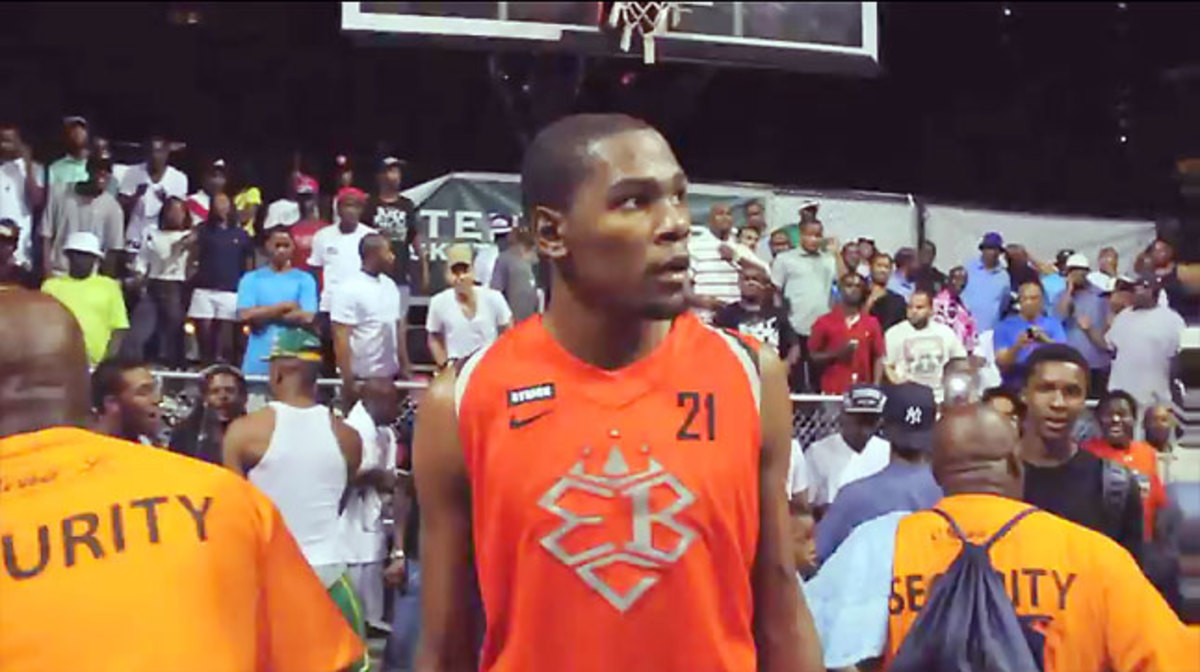
Located at 155th Street and Frederick Douglass Boulevard in Harlem, N.Y., Holcombe Rucker Park is famous for churning out some of the greatest basketball talents in the world. From the street legends like Larry "Bone Collector" Williams," to the decorated pros like Kareem Abdul-Jabbar and Earl Monroe, to the top high school prospects like Sebastian Telfair, Rucker has been one of, if not the hottest spot for hoops. Here's a look at some of the many NBA players to pass through the famous court, the most recent of which was Kevin Durant, who poured in a staggering 66 points in a single game this summer.
Kareem Abdul-Jabbar
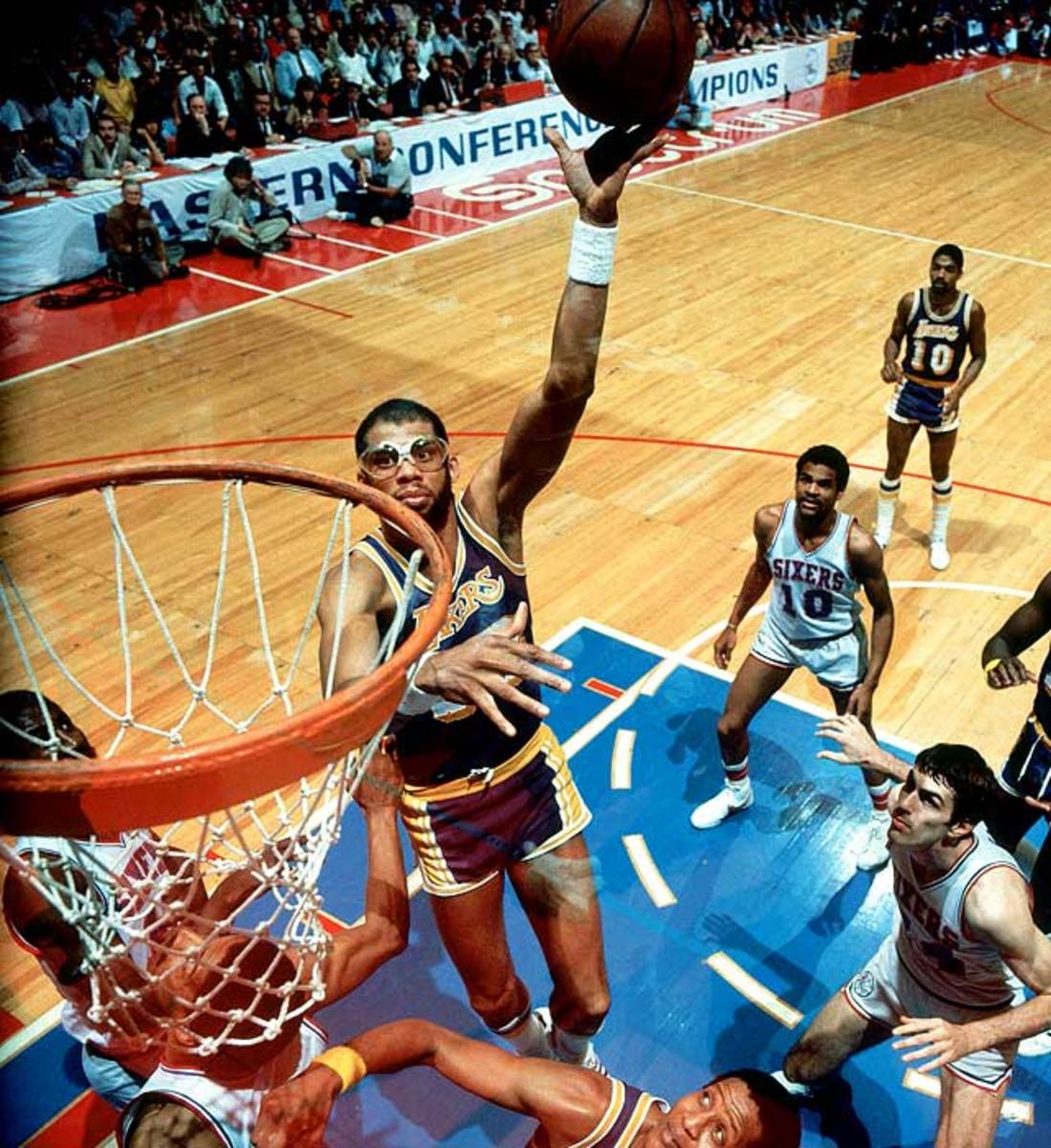
Abdul-Jabbar said his matchup with Philadelphia street legend and future NBA great Earl "Black Jesus" Monroe was his toughest battle at Rucker.
Rafer "Skip to my Lou" Alston
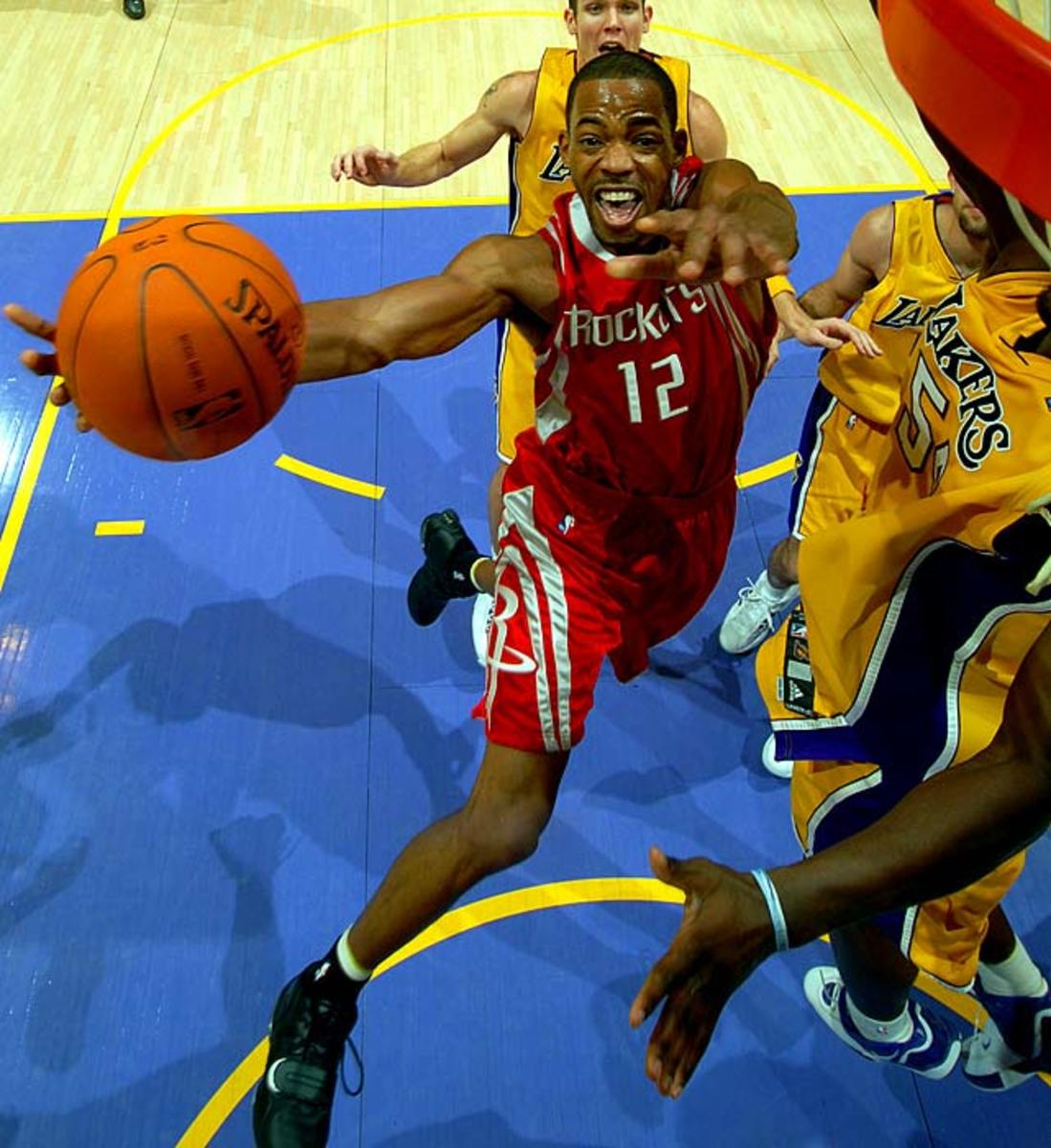
In his 11 years on the New York City asphalt, "Skip" become one of the most respected guys in the game. With ball-handling that would both dazzle fans and destroy opponents, Alston was regarded by some of his fellow street legends, such as Stephon Marbury, as one of the greatest Rucker players. He's also the latest to make it big in the NBA, where he played for the Bucks, Raptors, Heat, Rockets, Magic and Nets.
Kenny Anderson
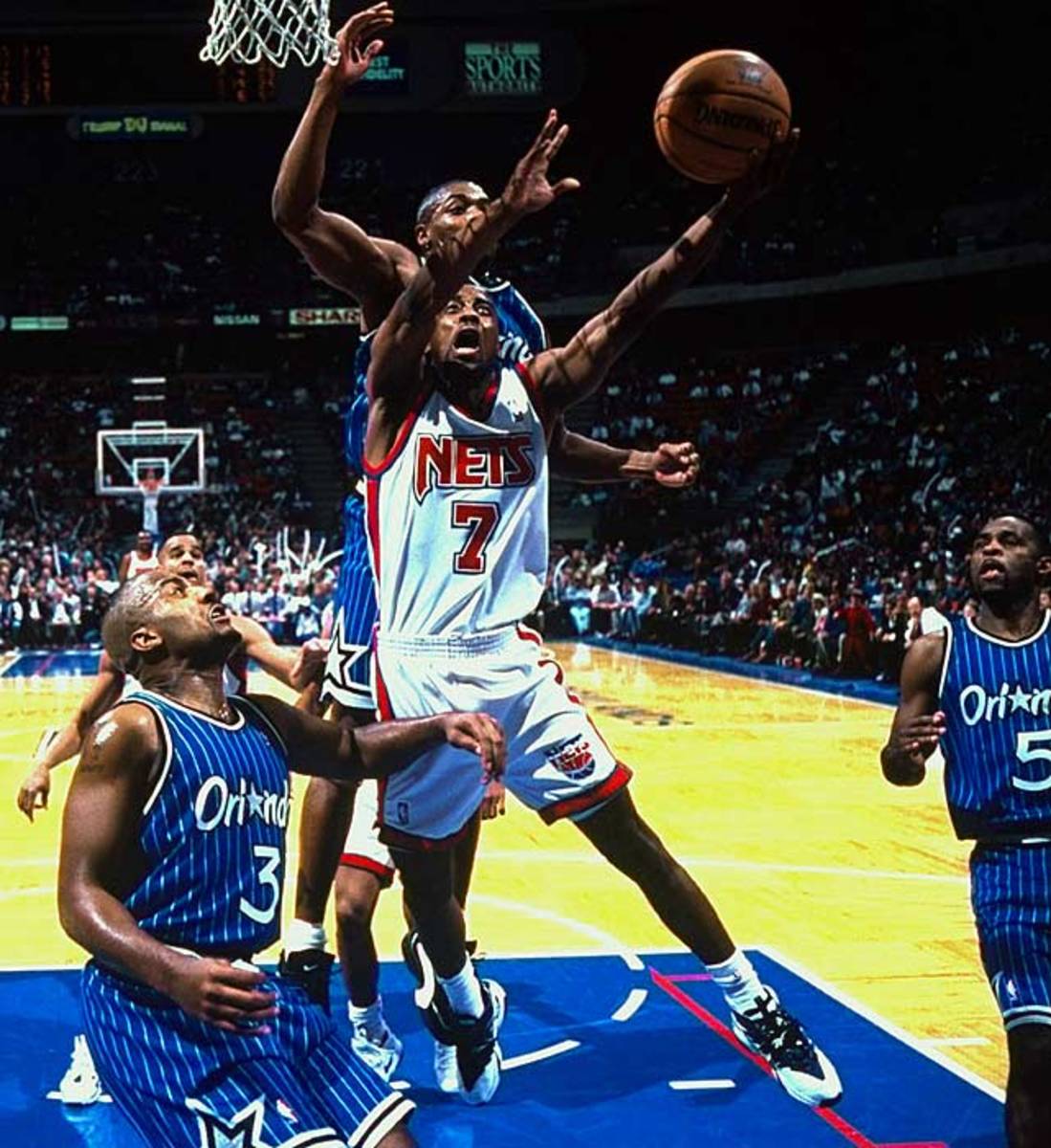
The Queens-born guard was considered one of the best high school prospects after playing for powerhouse Archbishop Malloy and earning nearly every accolade available. He played two years at Georgia Tech before being selected with the second pick in the 1991 draft and spending 14 years in the pros.
Nate "Tiny" Archibald
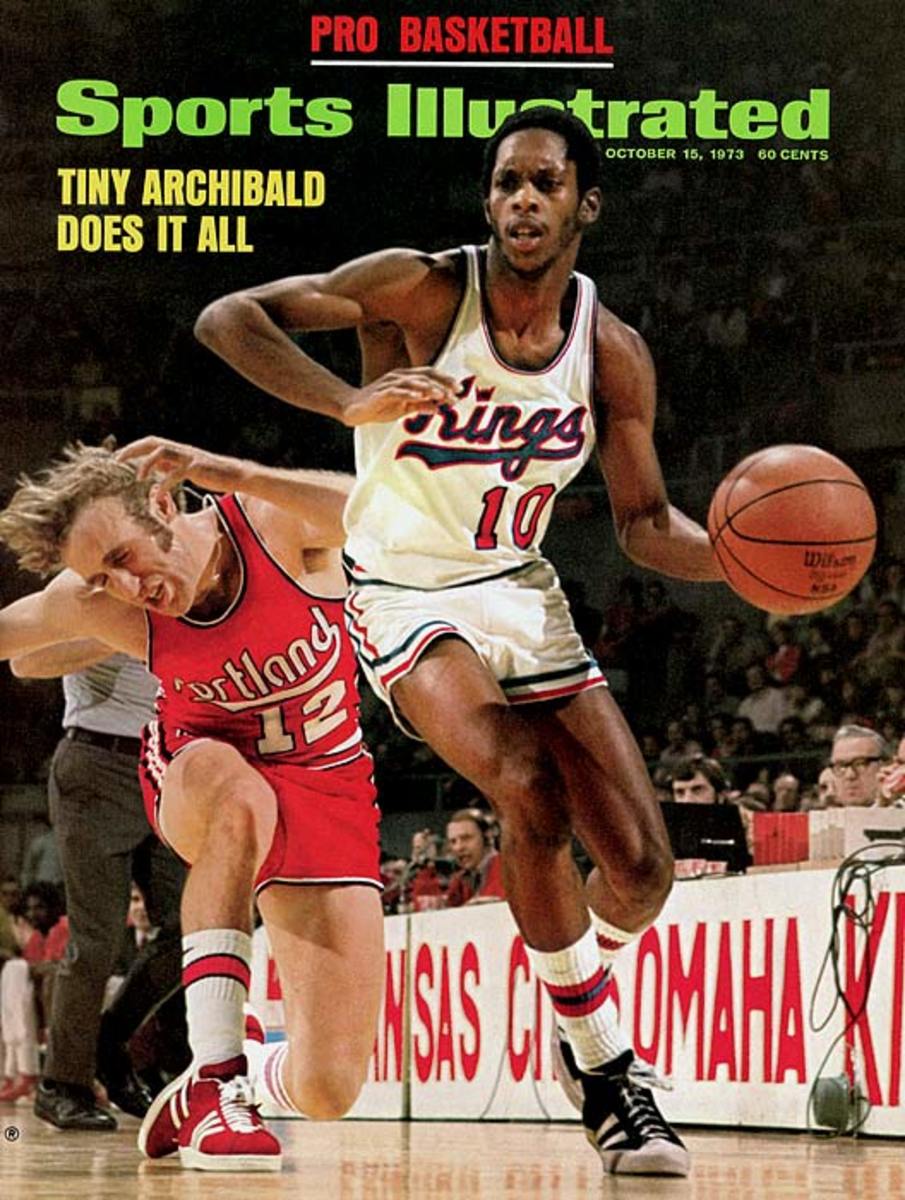
Before he was "Tiny," the 1981 NBA champion point guard was "The Skate," a moniker he earned after numerous summers at Rucker.
Vince Carter
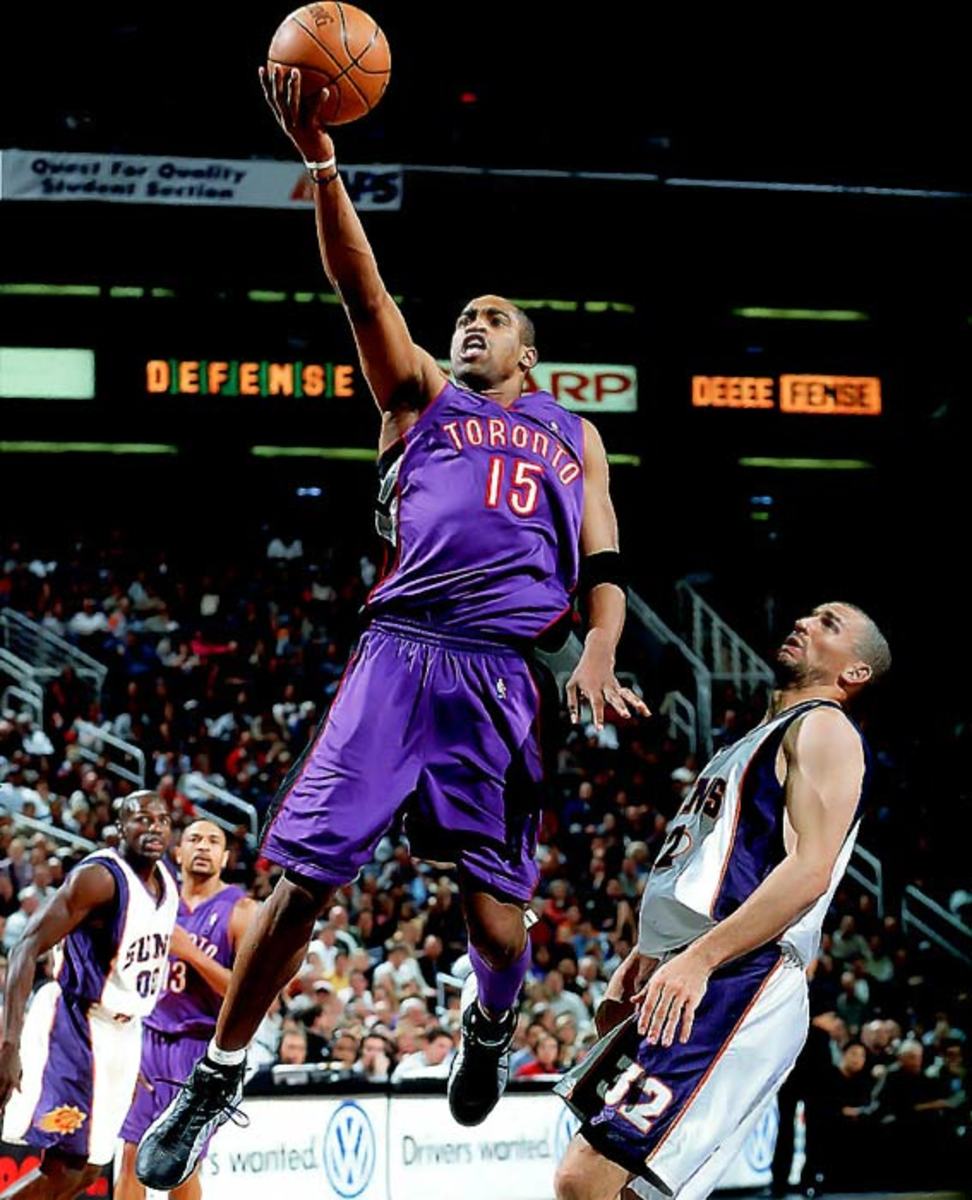
Carter's two stints at Rucker -- one at the official outdoor park, another indoors -- are legendary in large part because of one dunk: an alley-oop windmill. It puts his "elbow dunk" to shame.
Wilt Chamberlain
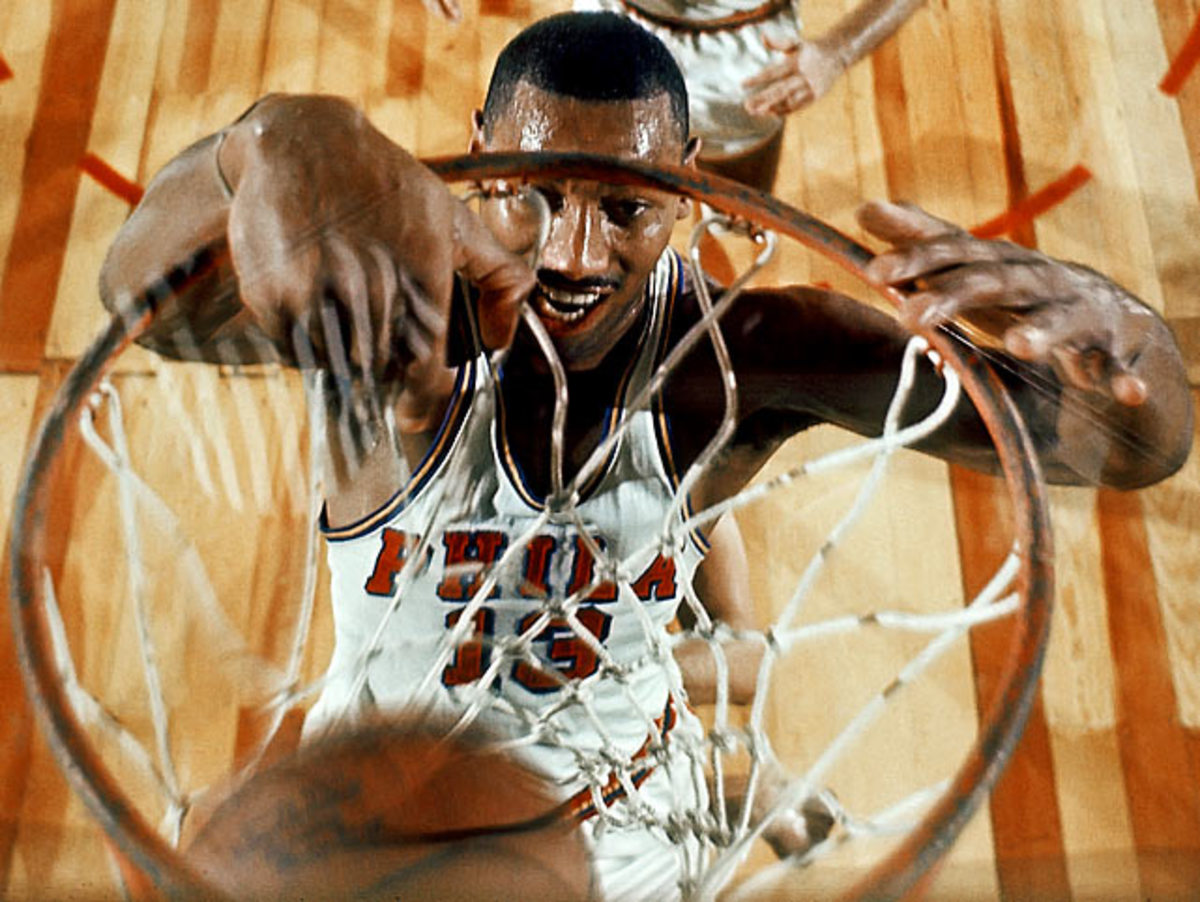
The man who once scored 100 points in an NBA game and averaged 50 points for a season intimidated even the greatest at Rucker, including Connie Hawkins. "[Wilt] dunked it every way you could go," Hawkins said. "In the school yards, they have the baskets with no nets on them. And one time, he dunked the ball so hard, the ball went through the basket, hit the ground and it went over the 15-foot fence. Somebody went to go get the ball and when they brought the ball back, the basket was still shaking. That's how strong this guy was. He was just a dominating guy."
Julius "Dr. J" Erving
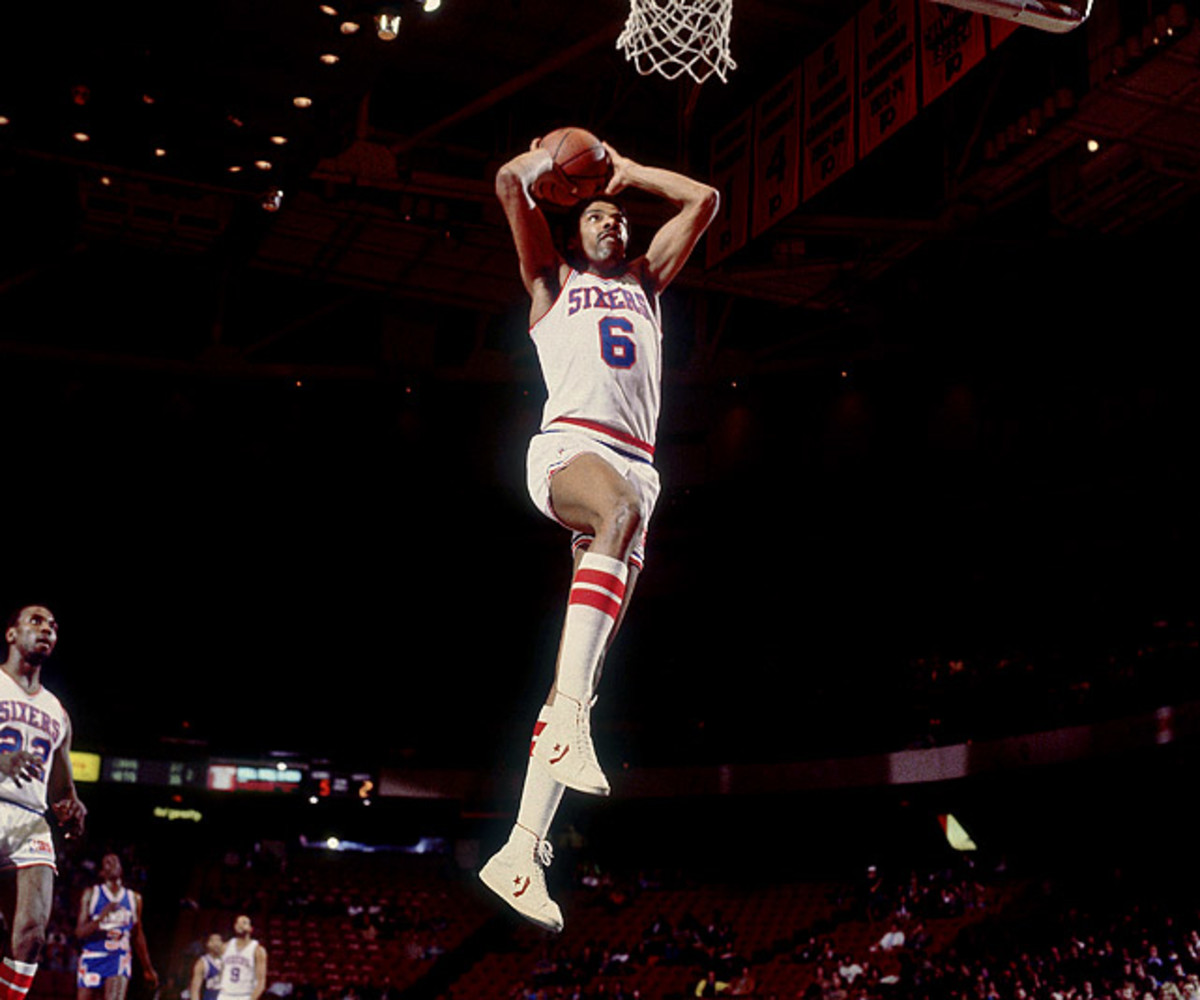
The ABA and NBA champion was one of the few pro players to have his jersey retired by two franchises, and his acrobatic moves are still emulated by today's players (especially the foul-line dunk, which he made famous in the 1976 ABA All-Star Game dunk contest). But Dr. J. found his match at Rucker in a 1971 duel with Joe "The Detroyer" Hammond, who, according to legend, scored 50 points on Erving ... in a half.
Connie Hawkins
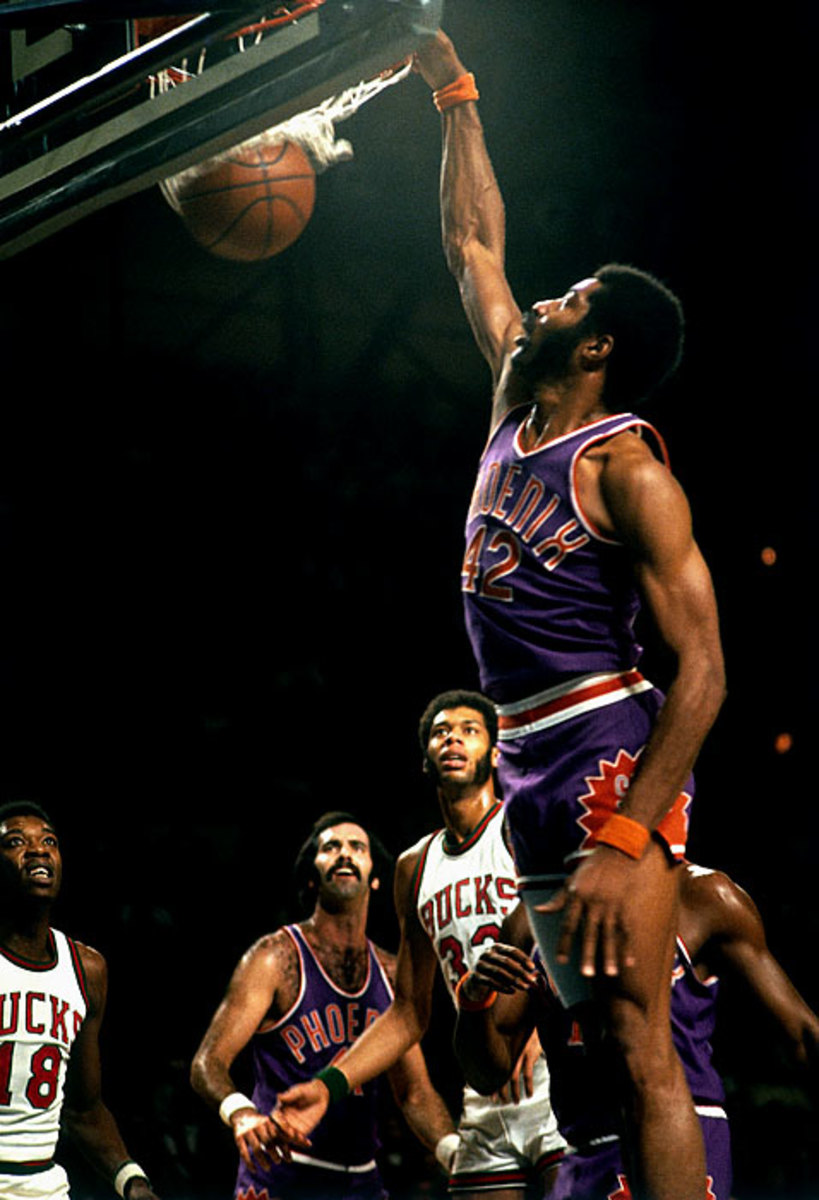
Born in the Bedford-Stuyvesant neighborhood of Brooklyn, "Hawk" was a Rucker regular and widely regarded as one of the best high school athletes ever. He led Boys High School in New York to two PSAL titles and once scored 60 points in a game. As former NBA coach Larry Brown once said of Hawkins: "He was Julius before Julius. He was Elgin before Elgin. He was Michael before Michael. He was simply the greatest individual player I have ever seen."
Charlie Scott
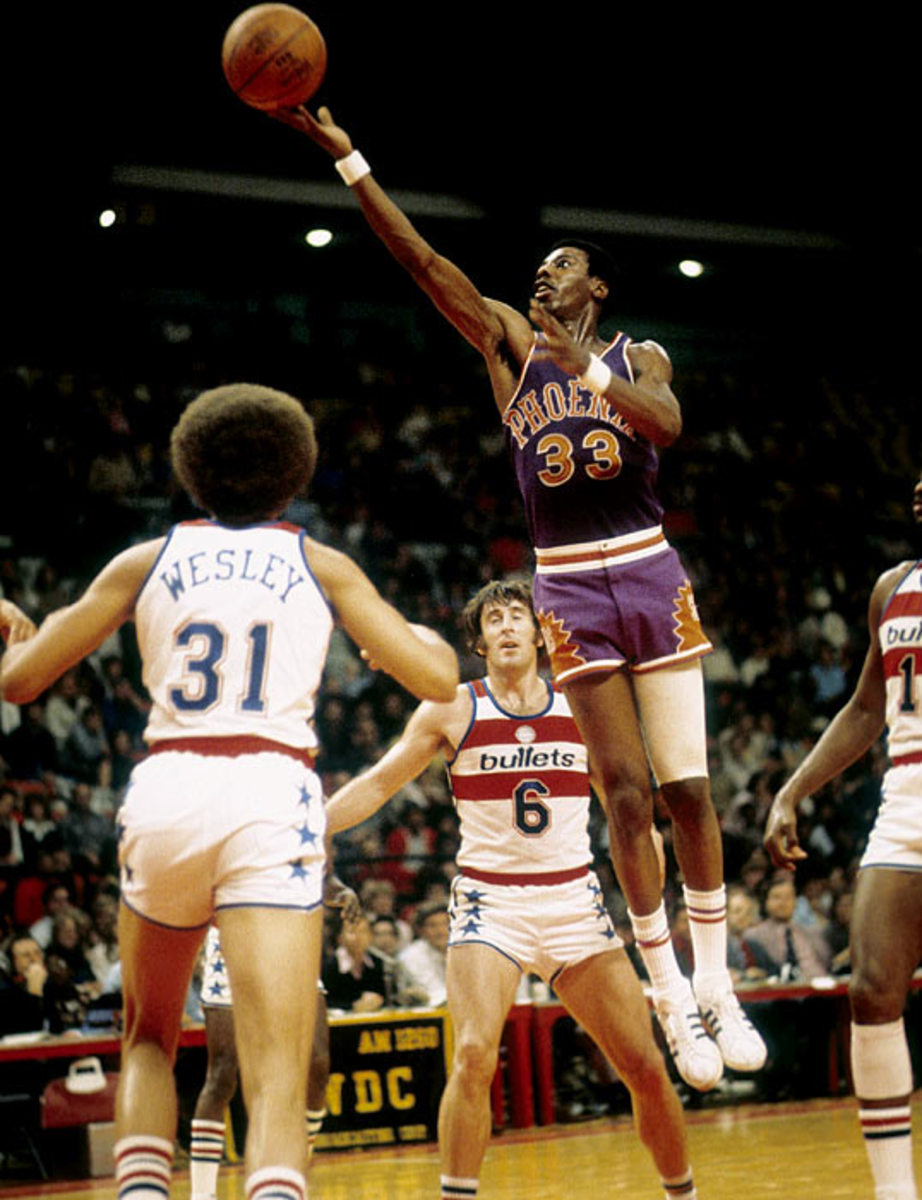
The New York native's impact on the sport goes far beyond his play at Rucker: He became the first black scholarship athlete at UNC, where he averaged 22.1 points and 7.1 rebounds per game. Scott continued on to the ABA and then NBA, nabbing five All-Star Game appearances overall and a 1976 championship with the Celtics.
Richard "Pee Wee" Kirkland
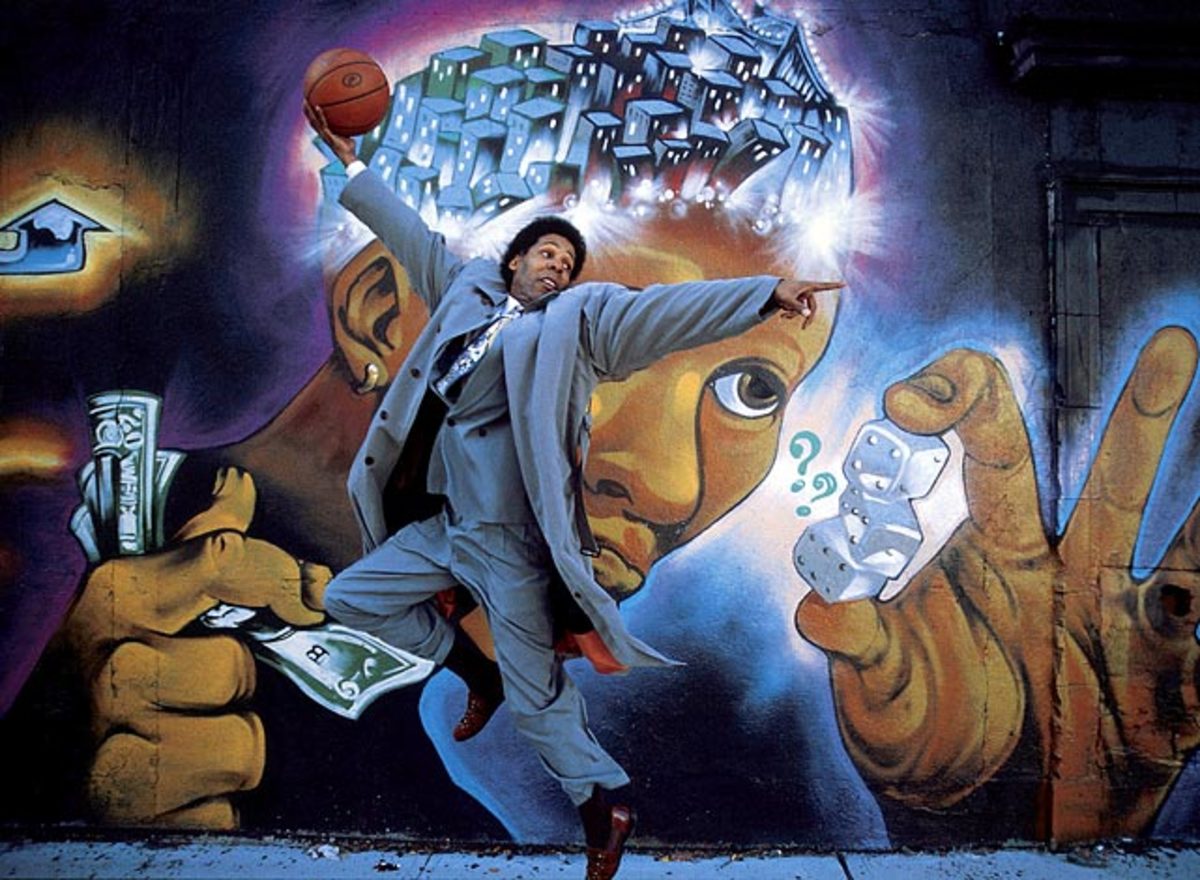
Anyone who is remotely familiar with Rucker Park knows of Pee Wee. The man was one of the greatest scorers on the Harlem blacktop and was often compared to NBA legends Tiny Archibald and Dr. J. But after a successful streetball career, Pee Wee's off-court troubles -- drug-dealing and a stint in prison -- kept him from finding similar success in the pros.
Kobe Bryant
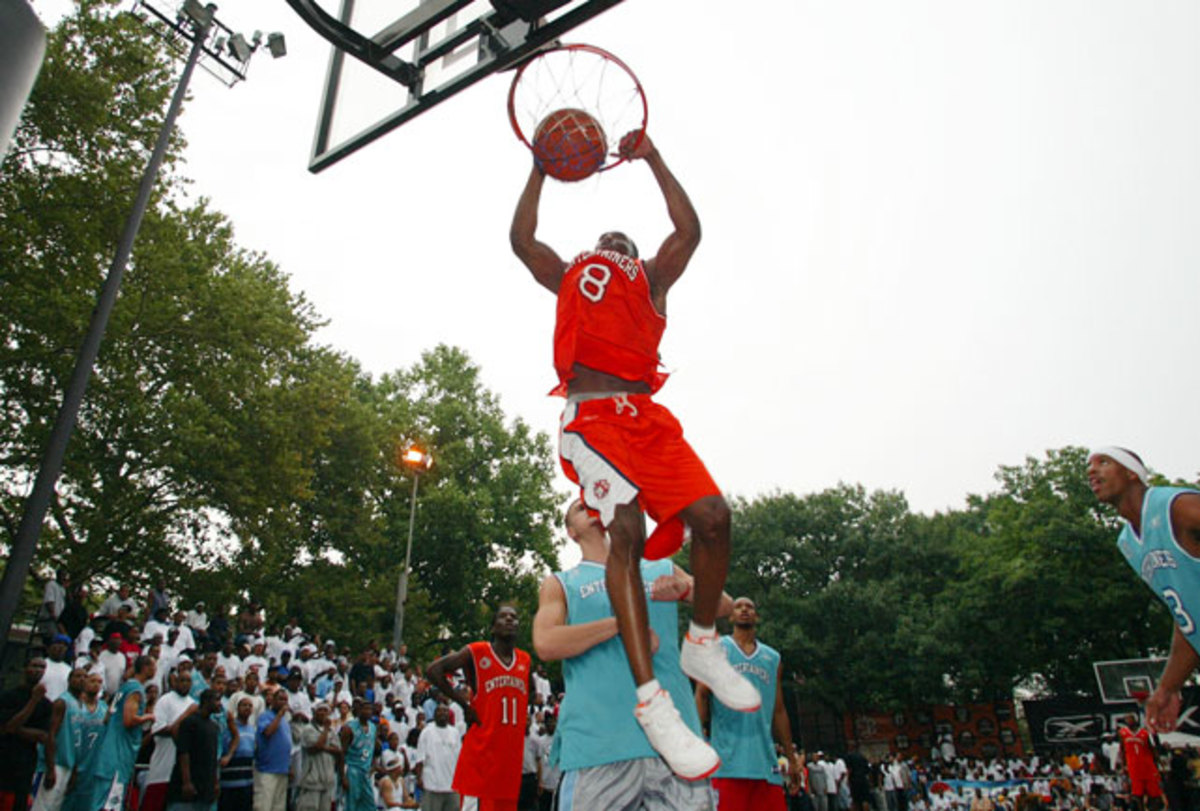
The Black Mamba became "Three Rings" when he stepped on the blacktop in 2002, and he put on quite a show for fans. As the announcer had to continually remind his opponents that double teams were not allowed, Kobe posted 15 points, seven rebounds and seven assists before the game was called off in the second half because of rain. "The atmosphere was cool, it took me back to playing in Philadelphia, playing on the parks," Bryant told InsideHoops.com after the game. "There's no atmosphere like Rucker."
Stephon Marbury
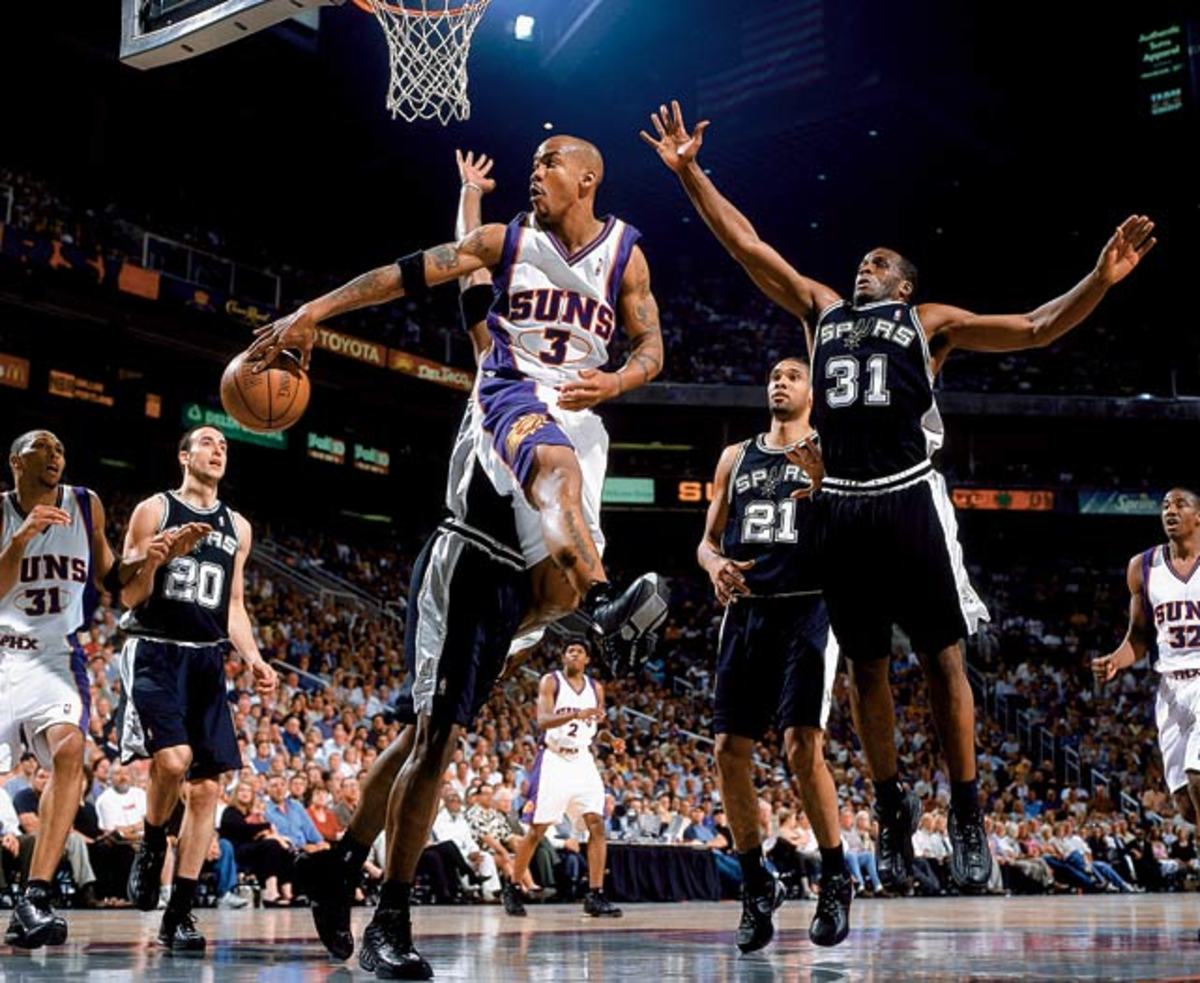
Before he became an NBA All-Star and then one of the most reviled players on Mike D'Antoni's bench in New York, "Starbury" was, well, a star in the Big Apple. The Coney Island native was regarded as one of the greatest point guards to come out of the state (he starred at powerhouse Abraham Lincoln High and was named New York State Mr. Basketball) and one of the top ballers at Rucker.
Jamal Mashburn
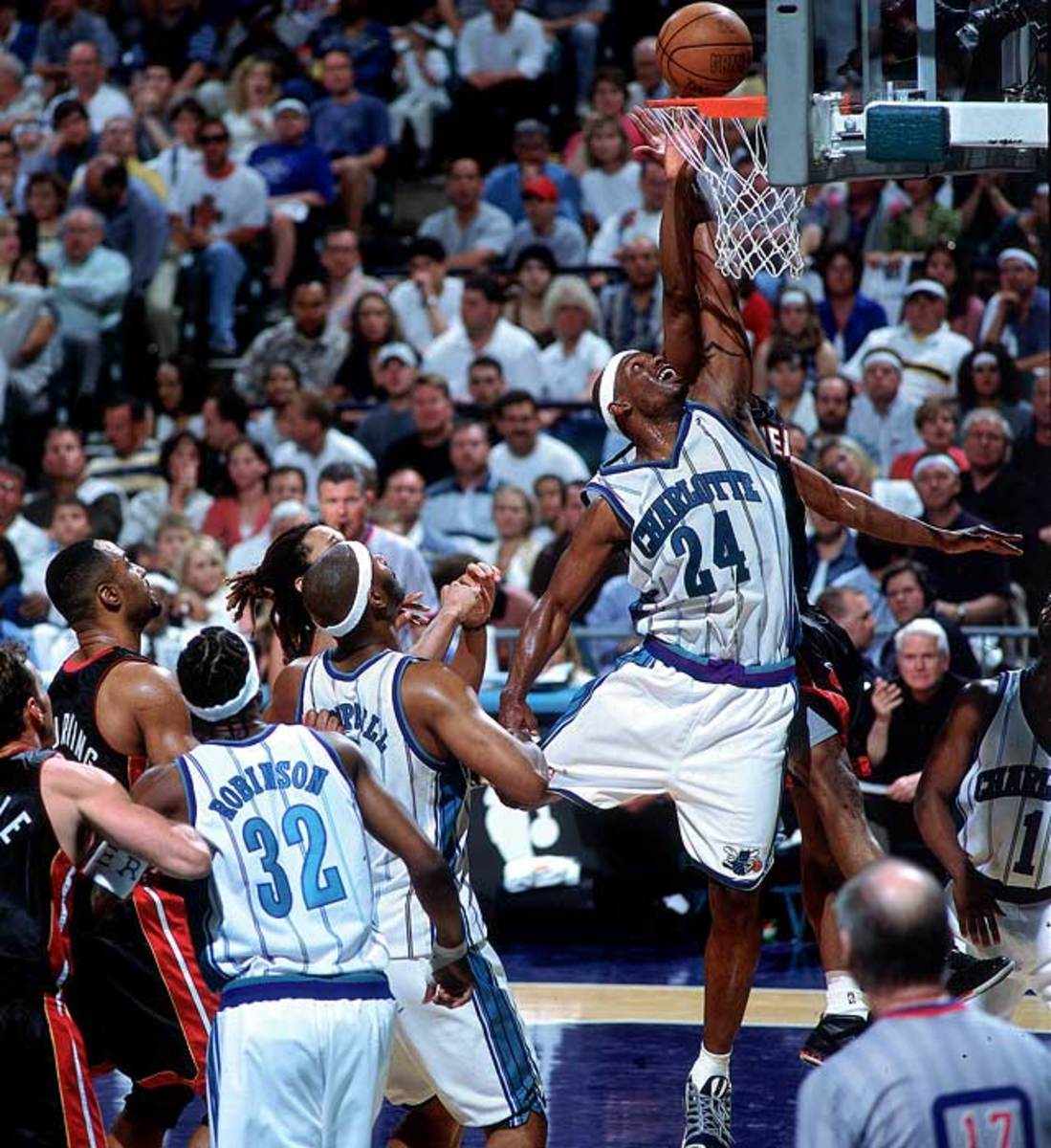
The Bronx native joined the ranks of many pros to pass through Rucker. After a successful career at the University of Kentucky, Mashburn was selected fourth in the 1993 draft and spent 11 seasons in the NBA before retiring in 2004. He averaged 19.1 points as a pro.
Earl "The Pearl" Monroe
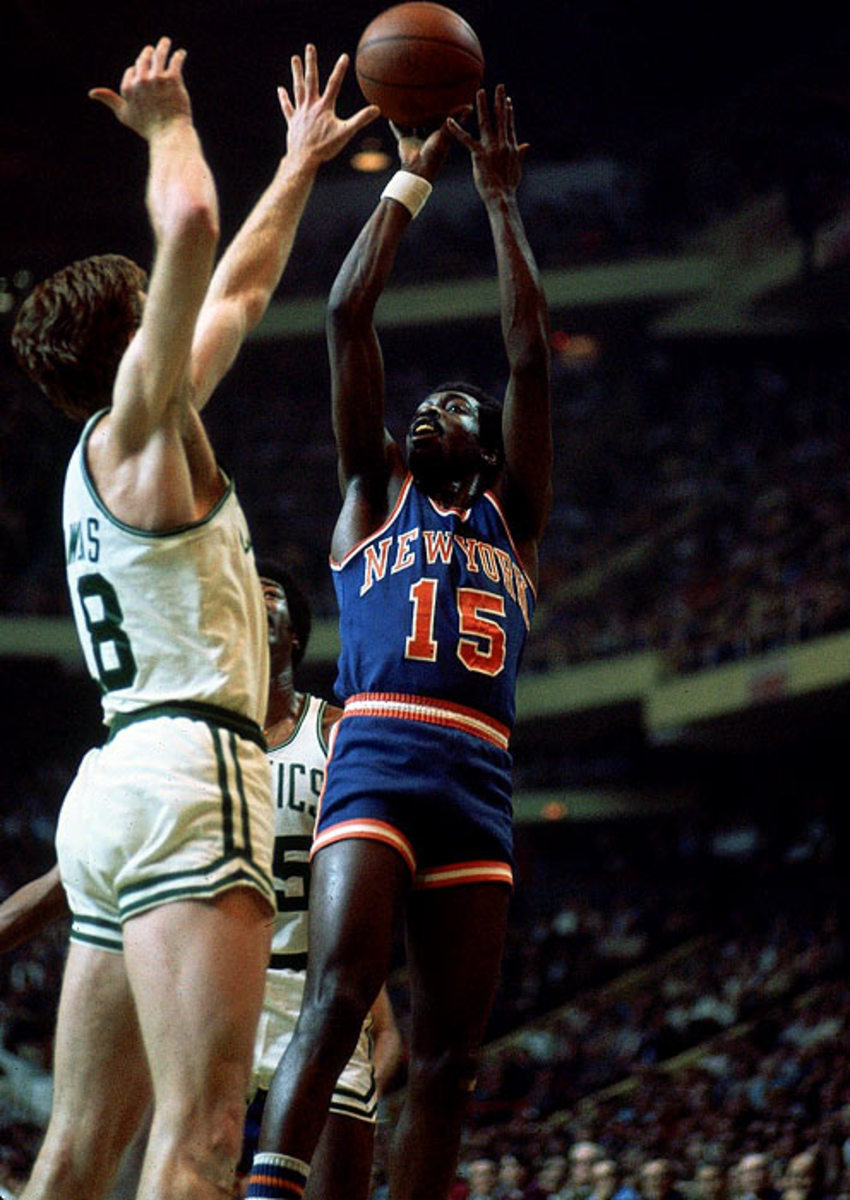
Some called him Thomas Edison for all the moves he invented. Some called him "Black Jesus." Some called him "Black Magic." Some called him "The Pearl." But all viewed him as one of the greatest to play the game. He was a star in Philadelphia's famed Baker League but earned the respect of his Rucker foes when he brought his 1965 Baker champions into town. After ruling the hardtops, Monroe embarked on an incredibly successful career in the NBA, earning the 1968 Rookie of the Year award, four All-Star Game appearances, a 1973 championship, a spot on the league's 50th Anniversary team and a place in the Basketball Hall of Fame.
Sebastian Telfair
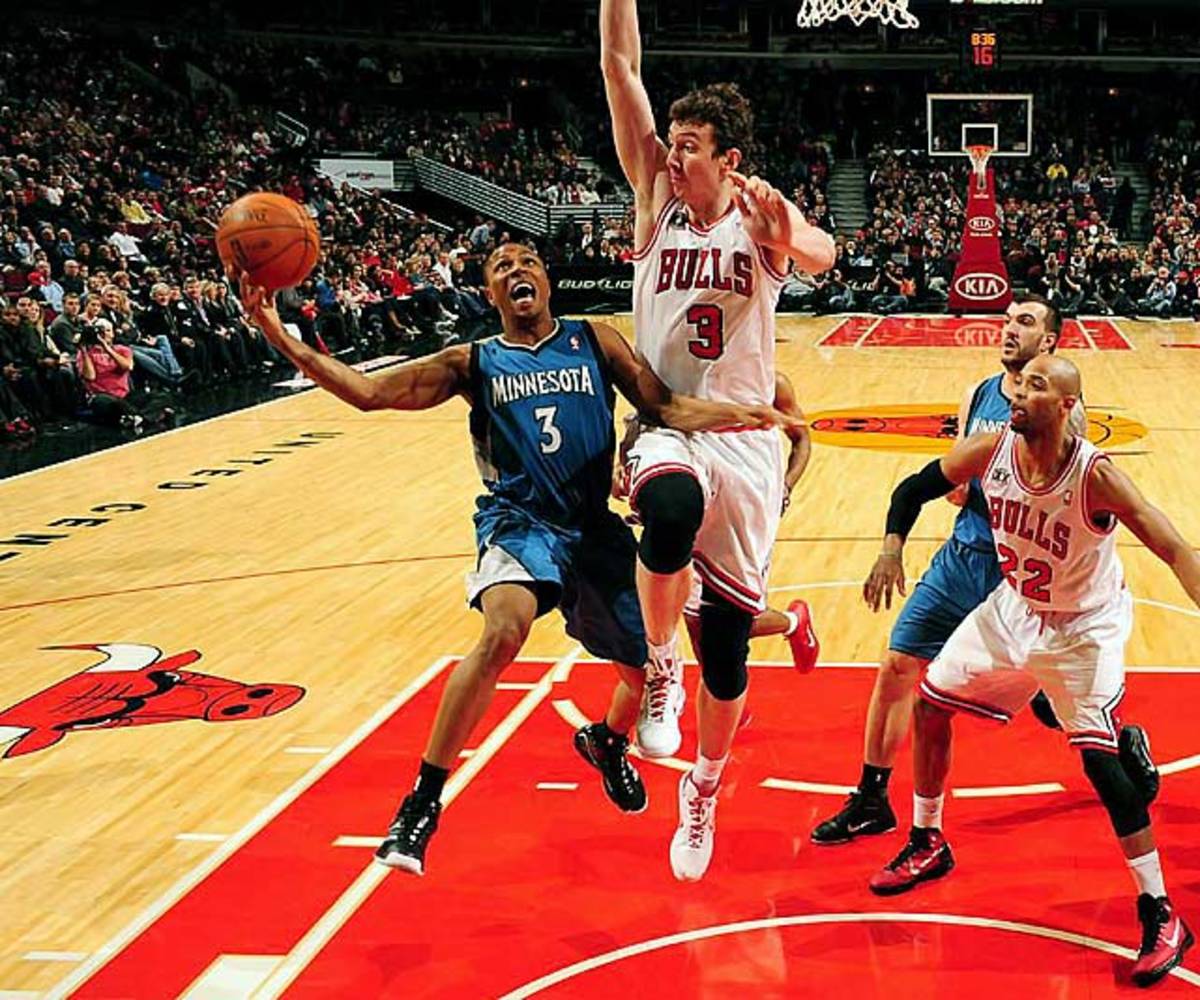
Following in the footsteps of his cousin, Coney Island great Stephon Marbury, Telfair attended Abraham Lincoln High and was named New York State Mr. Basketball. He was touted as the next big thing to come out of the Big Apple, and even Jay-Z recruited him to his Rucker team (with LeBron James) in 2003. But Telfair's career in the NBA has hardly matched his reputation at Rucker; now in his seventh year as a pro, currently with the Timberwolves, he's averaged only 7.8 points and 3.8 assists in his career.
Steve Francis
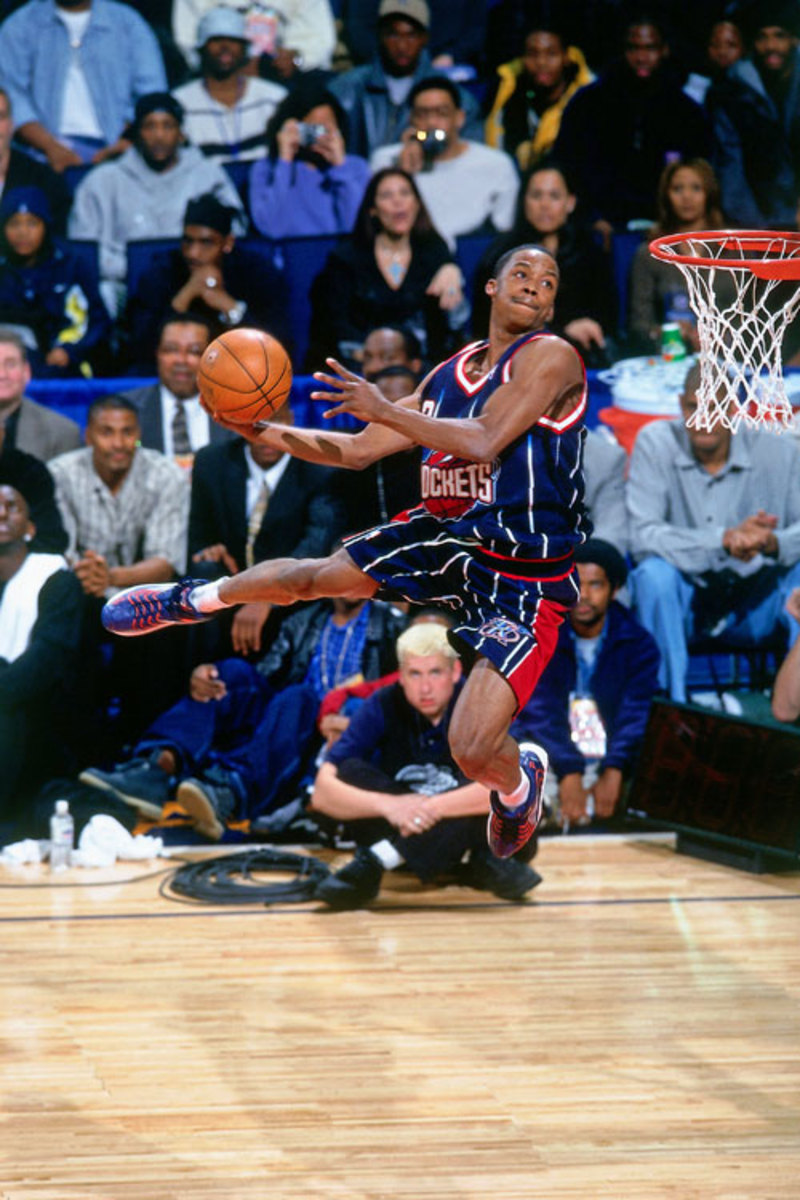
Pick any of the multiple highlights tapes of "Stevie Franchise" at Rucker Park and you'll see why he was dubbed one of the most unstoppable guards, with his ankle-breaking crossovers and flashy dunks. After spending his junior year at the University of Maryland -- he helped the Terps to a school-best 28-6 record that year -- he was the No. 2 pick in the 1999 NBA draft. Francis earned three All-Star nods and a Rookie of the Year award. He's now playing in the Chinese Basketball Association.
Allen Iverson
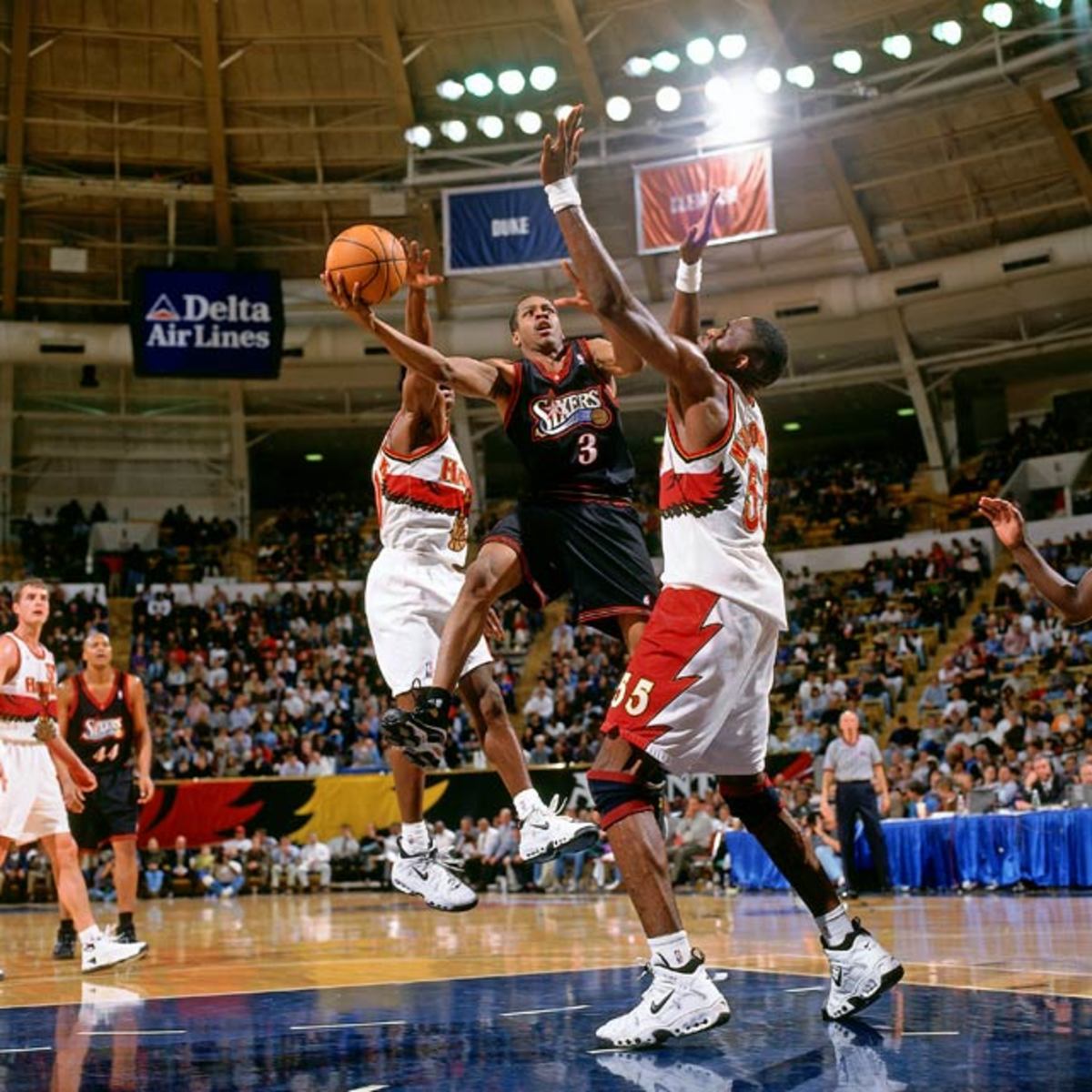
What made Iverson so entertaining at Georgetown and in the NBA was his ability to blend the Rucker theatrics with the organized pro game. He could shake and bake opponents and run the floor, all while standing just 6 feet tall. "The Answer" was just that for the 76ers when they selected him with the No. 1 pick in the 1996 draft. He racked up the Rookie of the Year award that season, followed by an MVP award, four NBA scoring titles, 11 All-Star appearances and two All-Star Game MVPs.
Joakim Noah
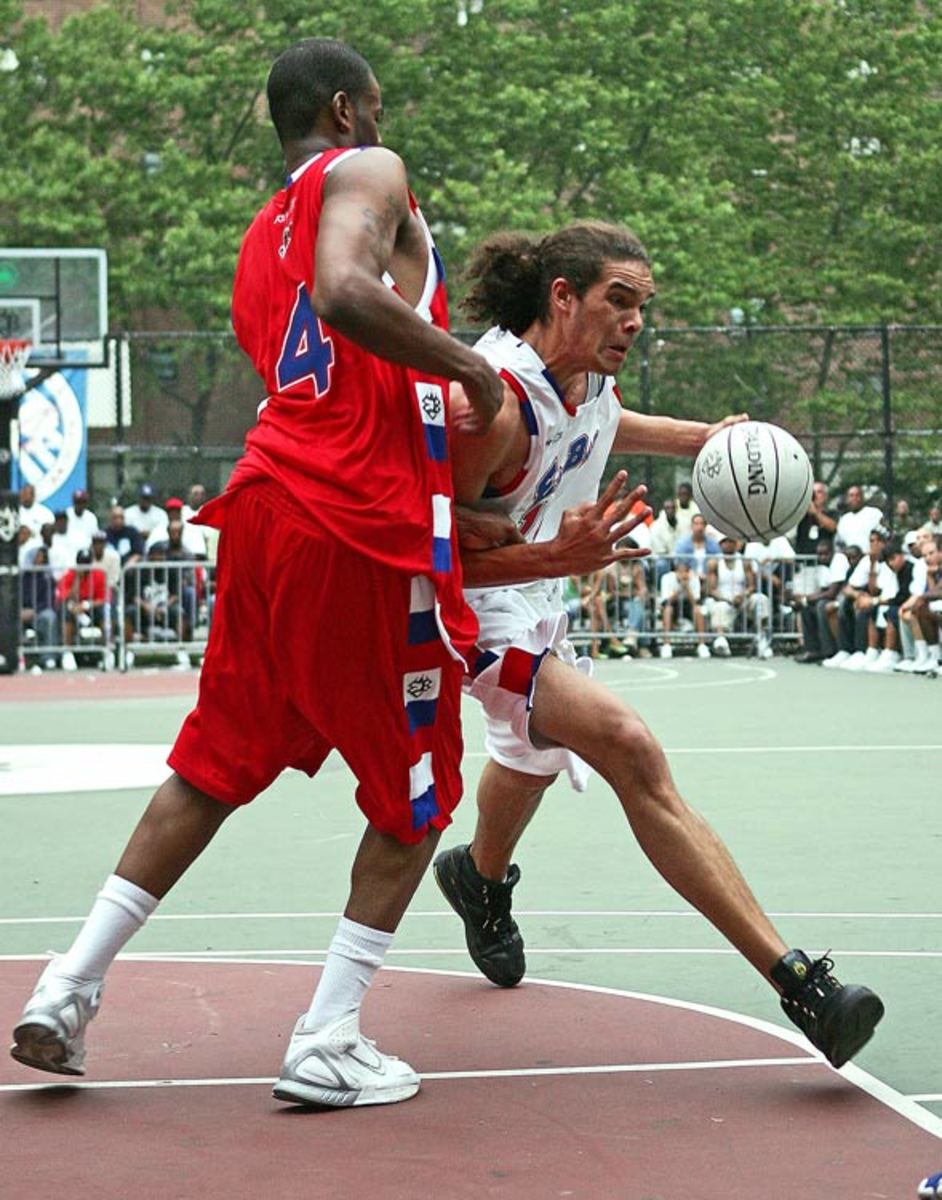
On the heels of winning his first NCAA Championship with the Florida Gators in 2006, Noah returned for a second summer at Rucker. "I got my swagger at the Rucker," he told SI.com at the time. "The basketball is completely different here; it isn't for everybody. But if you can play at the Rucker, you can play anywhere." He went on to win his second NCAA title the following season before joining Chicago Bulls.
LeBron James
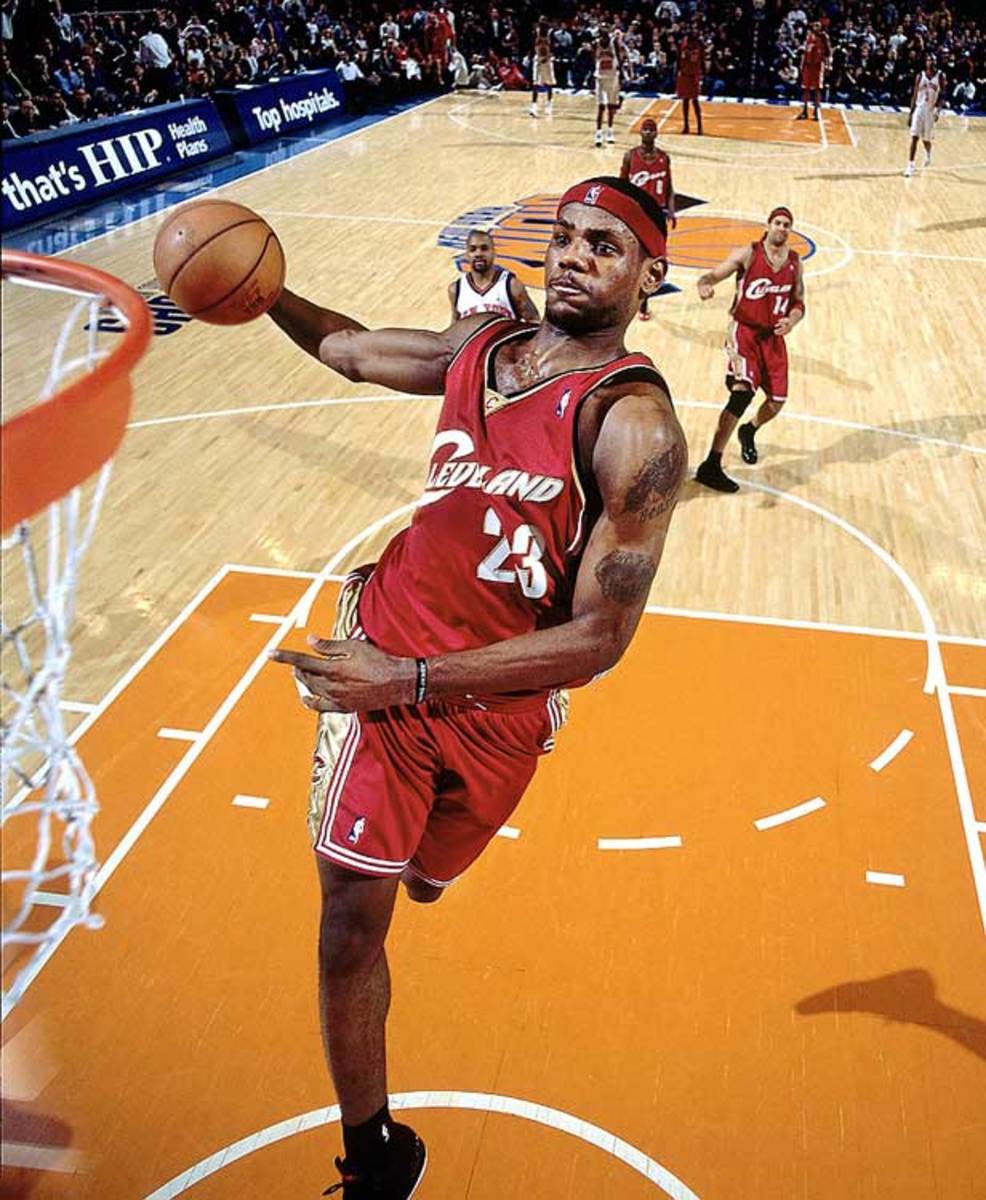
LeBron took his talents to Rucker on one of the most-hyped street teams of the last decade: Jay-Z's team S. Carter, in 2003. James (playing alongside fellow NBA players Telfair, Lamar Odom and Jamal Crawford), set out to challenge Fat Joe's Terror Squad for the league championship in 2003, but the New York City blackout prevented the final game from happening.
